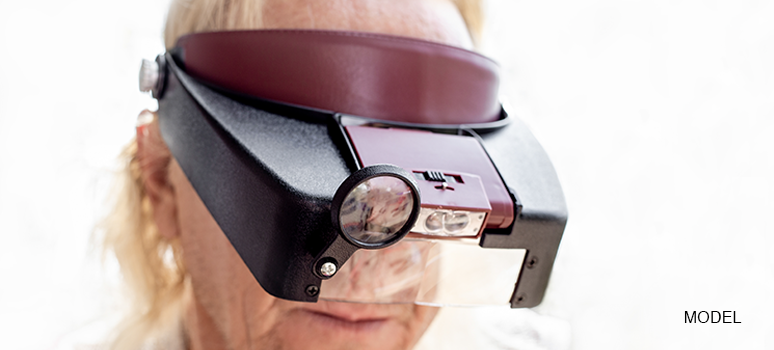
Beyond the Wrap: The Surprising Benefits of Short Stretch Bandages
Introduction
Short stretch compression bandages have become an indispensable tool in the medical field, offering numerous benefits for wound care, edema management, and post-surgical recovery. However, with a myriad of options available, choosing the right bandage can be a daunting task. This comprehensive guide will delve into the intricacies of short stretch compression bandages, exploring their types, applications, benefits, and how to select the ideal one for your specific needs. We’ll also discuss the importance of proper application techniques and potential complications to ensure optimal outcomes.
Understanding Short Stretch Compression Bandages What are Short Stretch Compression Bandages?
Short stretch compression bandages are elastic bandages designed to exert a consistent level of pressure on the underlying tissue. Unlike long-stretch bandages, they do not significantly increase in length when stretched, resulting in a more controlled and sustained compression.
How Do They Work?
The primary mechanism of action of short stretch compression bandages is to reduce edema and promote venous return. By applying gentle, sustained pressure, these bandages help to:
- Reduce swelling: Compression helps to squeeze excess fluid out of the tissues, reducing swelling and inflammation.
- Improve venous circulation: The increased pressure on the veins encourages blood flow back to the heart, preventing pooling and reducing the risk of blood clots.
- Promote healing: By improving circulation, compression bandages can accelerate the healing process of wounds and injuries.
Types of Short Stretch Compression Bandages
There are several types of short stretch compression bandages, each with its own unique properties and applications:
- Elastic Bandages: These are the most common type of short stretch compression bandage, available in a wide range of widths and lengths. They are versatile and can be used for a variety of purposes, including wound care, edema management, and post-surgical recovery.
- Tubular Bandages: These bandages are seamless tubes that can be cut to the desired length and applied to various body parts. They are often used for finger, toe, and extremity injuries.
- Cohesive Bandages: These bandages adhere to themselves, making them easy to apply and remove. They are ideal for securing dressings and providing compression to irregular body surfaces.
Applications of Short Stretch Compression Bandages
Short stretch compression bandages have a wide range of applications in both clinical and home settings. Some of the most common uses include:
- Wound care: These bandages can help to reduce swelling, promote healing, and prevent infection.
- Edema management: They are effective in reducing swelling caused by injuries, surgery, or underlying medical conditions.
- Venous ulcers: Compression therapy is a cornerstone of venous ulcer treatment, and short stretch bandages are often used to achieve the desired level of compression.
- Post-surgical recovery: These bandages can help to reduce pain, swelling, and the risk of blood clots after surgery.
- Sports injuries: They can be used to provide support and compression to injured muscles and joints.
Benefits of Using Short Stretch Compression Bandages
- Reduced swelling and pain: By promoting fluid drainage and reducing inflammation, these bandages can help to alleviate pain and discomfort.
- Improved healing: Increased blood flow to the injured area can accelerate the healing process.
- Reduced risk of blood clots: Compression can help to prevent blood from pooling in the veins, reducing the risk of blood clots.
- Enhanced venous return: By promoting blood flow back to the heart, these bandages can improve overall circulation.
- Improved quality of life: By managing swelling, pain, and other symptoms, compression bandages can significantly improve a person’s quality of life.
Selecting the Right Short Stretch Compression Bandage
When selecting a short stretch compression bandage, consider the following factors:
- Level of compression: The amount of pressure required will depend on the specific condition being treated.
- Size and shape: Choose a bandage that is the appropriate size and shape for the body part being treated.
- Material: Consider the material of the bandage, as some materials may be more comfortable or breathable than others.
- Application technique: Ensure that the bandage is applied correctly to achieve the desired level of compression.
- Brand reputation: Choose a reputable brand that offers high-quality products.
Proper Application Techniques
To maximize the benefits of short stretch compression bandages, it is essential to apply them correctly. Follow these general guidelines:
- Clean the skin: Ensure the skin is clean and dry before applying the bandage.
- Measure the body part: Measure the circumference of the body part to determine the appropriate size of the bandage.
- Apply the bandage: Wrap the bandage around the body part, ensuring that it is not too tight or too loose.
- Overlap the layers: Overlap each layer of the bandage by about 50% to ensure adequate compression.
- Check circulation: After applying the bandage, check the circulation in the affected area to ensure that it is not too tight.
- Monitor for skin irritation: Watch for signs of skin irritation, such as redness, blistering, or pain. If you notice any of these signs, remove the bandage and consult with a healthcare professional.
Potential Complications
While short stretch compression bandages are generally safe, there are a few potential complications to be aware of:
- Skin irritation: Improper application or excessive pressure can lead to skin irritation, such as redness, blistering, or ulcers.
- Circulatory problems: If the bandage is too tight, it can restrict blood flow, leading to pain, numbness, or tissue damage.
- Allergic reactions: Some people may be allergic to the materials used in compression bandages, leading to skin rashes or other allergic reactions.
Conclusion
Short stretch compression bandages are versatile and effective tools for managing a variety of medical conditions. By understanding their types, applications, and proper usage, you can maximize their benefits and minimize the risk of complications. If you have any questions or concerns about using compression bandages, consult with a healthcare professional.






